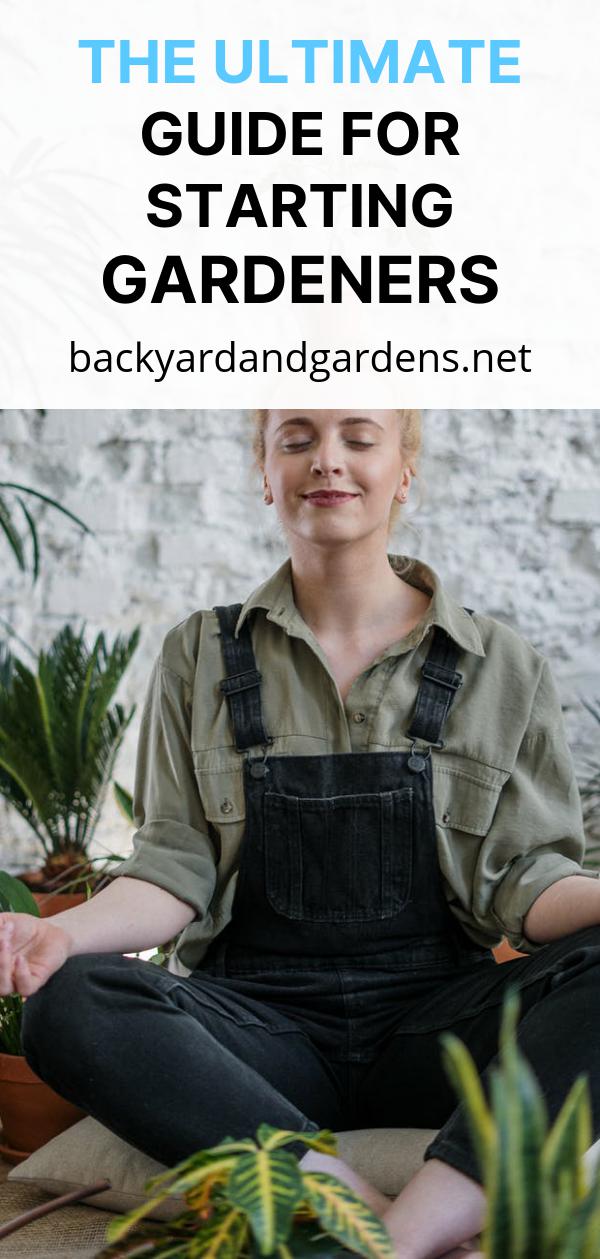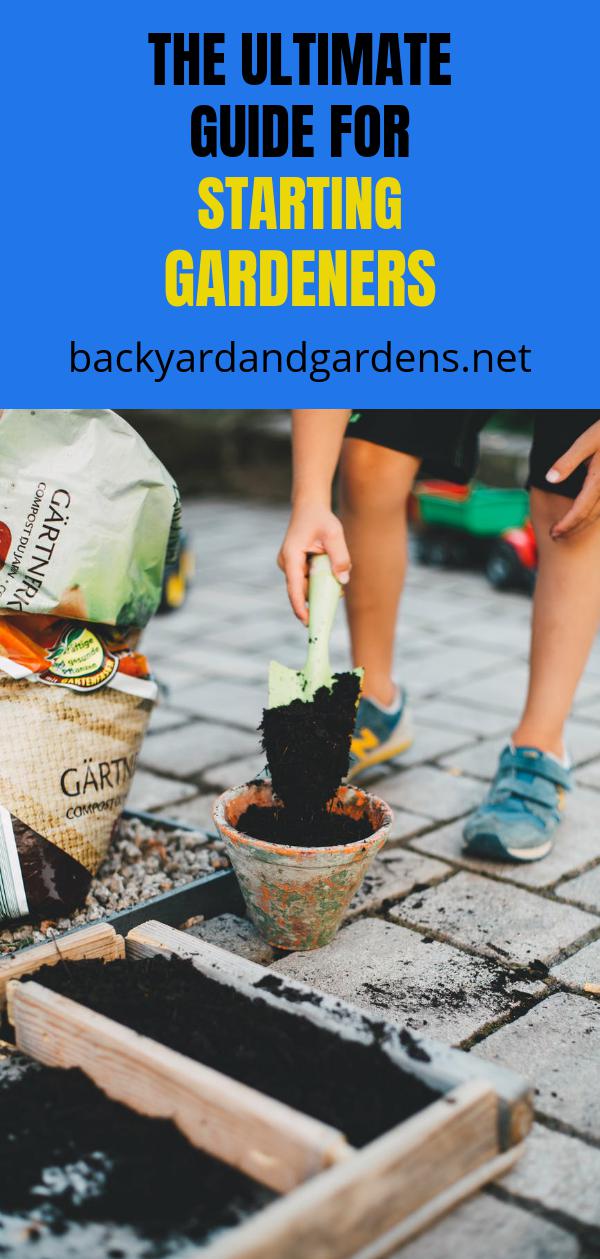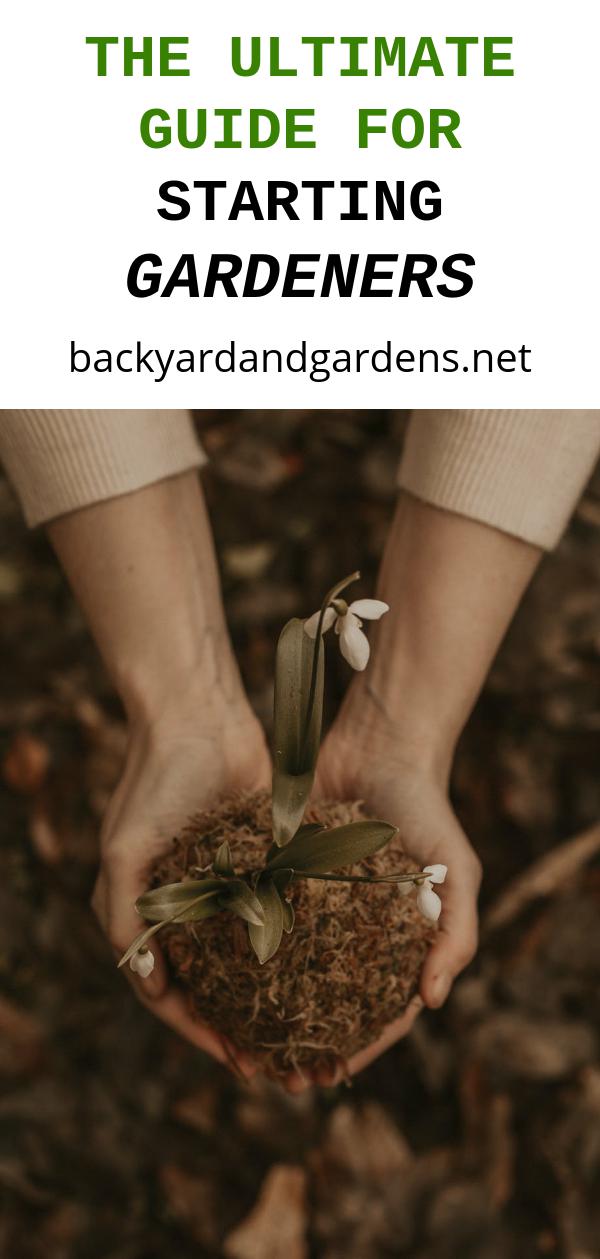The Ultimate Guide for Starting Gardeners
For every home, a garden is not just an extension of one’s home, but a place to relax, unwind and soak up nature. A beautifully contoured landscape, blooming flowers and just spending restful hours in the midst of beauty is what every homeowner yearns for.
Gardening can definitely become a passion; when you get to pick your very own fresh vegetables and fruits. Although there are landscaping firms who can take care of your backyard just as well; but you could end up paying thousands of dollars just to recarpet a lawn and perhaps a little more to maintain it. It is especially important for the beginner gardener to choose the right types of plants, determine the spot in the backyard where the garden needs to be designed; select the right garden space, adopt appropriate techniques to take care of one’s plants in the backyard, and much more. Pre-plan each and every step before setting up your backyard garden, so it becomes a fun-filled adventure rather than a nightmarish ritual.

Research and Analyze
The first step is to evaluate the maintenance needs of your garden and pre-determine the space that needs to be allocated to the garden in your backyard. Design your garden with a practical approach and preset a budget for yourself. If you face a paucity of time; try and find solutions to high-maintenance issues. A systematic approach will lead you to decide on the right tools required for the development and maintenance of your backyard garden. Alternatively; opt for a weekend backyard garden that needs little to moderate maintenance. Also, take into consideration the current condition of your backyard. In case your backyard has a few existing plants; you would need to decide on which plants you require and the ones that you need to get rid of.
Keep it simple and uncluttered
The focus should be on having a breathable garden rather than a cluttered one. Make sure that your garden is not overcrowded with plants, or it will lend it a cluttered look. Besides that; having too many plants will just attract insects and mosquitoes. The best approach is to draw a rough sketch of the garden layout and take into account every minute detail.
Selecting the Right Kinds of Plants
If the homeowner wants that their garden should attract butterflies; they should opt for plants that butterflies are strongly attracted to. These plants include aspen, dill, aster, lilac, pansy, milkweed, marigold, clover, chokecherry, aster, and dill among others.
Identifying the right spot
The direction of the sun in your backyard is the deciding factor when identifying the right spot for your garden. North corners are ideal for ferns. The southern direction gives constant sun exposure all day long and each side gets balanced warmth from the sun. The rows should be aligned north and south; so the plants get the sun rays during the morning and afternoon hours. If the garden is facing towards the southeast; it may be subjected to little or moderate western sun. In this case; run the rows northwest and southeast for an even sunlight distribution. The northern exposure is definitely not a very good idea; as it would not receive any sunlight. For north-eastern and south-western directions; the plants may be subjected to an uneven distribution of sunlight. The idea, therefore; is to plan it in a way that the garden plants receive evenly distributed sunlight for the longest time period.
The Garden Soil
A new garden spot is most likely covered either with turf or rubbish. For a larger garden area; the plowing of the ground is done whereas with smaller gardens; the sod is removed. In order to remove the sod; stake out the garden path. The line will help you with an accurate course to be followed. Then you would need to cut the edges along the marked line with the help of a spade. The sod can be put to good use as it makes a good fertilizer. Here you have two options to choose from:
1. You could turn the sod over after having dug holes in your garden. The sod can then be put in the hole and then cover with soil.
2. Identify a spot where the sod grass can be packed together. Leave it to rot. Over a period of time; it can be used as fertilizer.

Make sure that the ground where the planting needs to take place is fine so that the seeds get finely packed into the soil particles. Avoid large lumps as these create larger spaces and the tiny hair root of the plant will not be able to penetrate through.
Make sure that you do a fair amount of research beforehand and lap up on as much gardening tips and information as possible.
